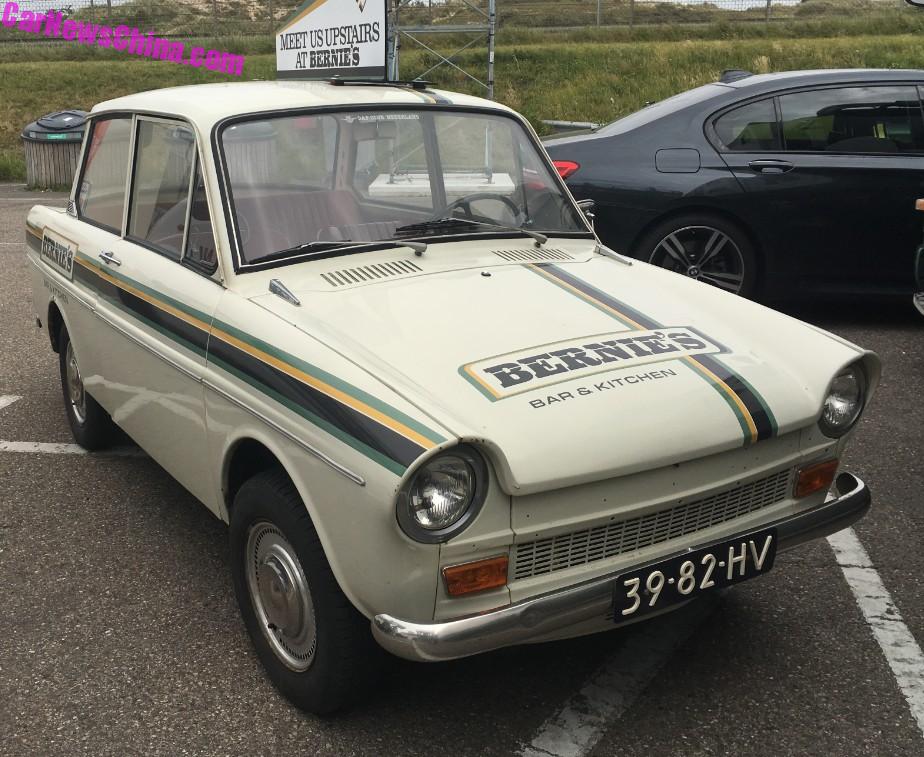Buying a car, particularly a pre-owned one, entails having to make a thorough check before sealing the deal. Getting your own car is a rewarding experience especially if you have passed your theory and practical driving tests, but it can also be dangerous if you purchase something that is poorly maintained—you can end up spending more for repairs or worse, you can get into an accident. Avoid being ripped off by performing these crucial checks on the car you want to buy. Here’s a tip: ask a trusted mechanic to come along and help you inspect the car and see if it’s really worth your money.
1-Registration and MOT status
Before you see the vehicle you’re planning on buying, ask the seller for its registration number, vehicle identification number, and MOT test number. You can check the Driver & Vehicle Licensing Agency’s online vehicle enquiry service to see if the records match. The vehicle’s MOT should be up to date and also matches DVLA records. The MOT test serves to check that the vehicle complies with environmental and road safety standards.
2-Vehicle log book
Check the car’s V5C vehicle registration certificate and make sure it has a DVL watermark. Verify the information on the log book with the DVLA online service whenever you can, including the engine number.
3-Bodywork
Unless the seller says the body has been repainted, check the bodywork for a consistent finish. If the paint is not the same shade, the car may have some damage and was simply re-sprayed to cover it up. Bubbling paintwork is a tell-tale sign of rust; check around the window frames, bumpers, wheel arches, and other areas where water usually accumulates.
4-Tyres
See if the tread depth gauge meets the minimum legal depth of 1.66mm across the tyre’s width. The tyres should have even wear; if one side has more wear, there may be a problem with the suspension.
5-Doors and windows
Check if the doors and windows open smoothly and that the rubber seals are in good condition and in place.
6-Vehicle identification number
It should be the same as recorded in the registration certificate and it has not been tampered with in any way. The VIN may be recorded on a metal strip under the bonnet, beneath the driver’s side carpet, or at the base of the car’s windscreen.
7-Engine
Check for leaks (water, oil, other fluid) around the engine and its components. Check the status of the oil; it should be free from debris. Inspect the fluid levels for the coolant and brake fluid as well; these should be at the indicated level.
8-Battery
Make sure that the terminals and battery connectors are free from rust and in good working condition.
9-Mileage
Check if the mileage recorded by the odometer is consistent with the vehicle’s documents and the wear on the side bolsters.
10-Controls and seatbelts
Check to see if all interior controls work, such as the electric windows, air conditioning, headlights, signal lights, and bonnet release, among others. The seatbelts should be in good condition; frayed belts can mean that they have been activated in a crash at some point.
If the car you’re planning to buy doesn’t meet the standards set here, don’t feel guilty for walking away—there’s always a better alternative. Keep in mind that on the road, safety always comes first.



In No. 7, you might want to include:
Automatic transmission….pull the dipstick and check for fluid color, and odor, i.e. burnt or not.